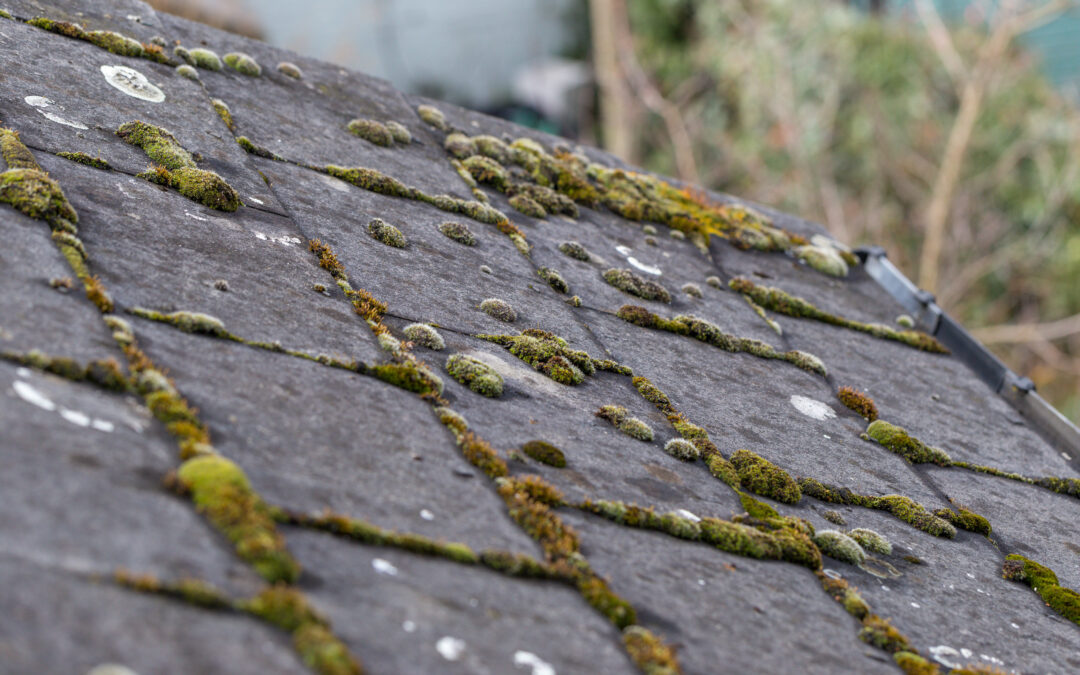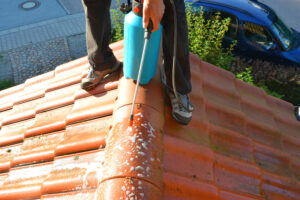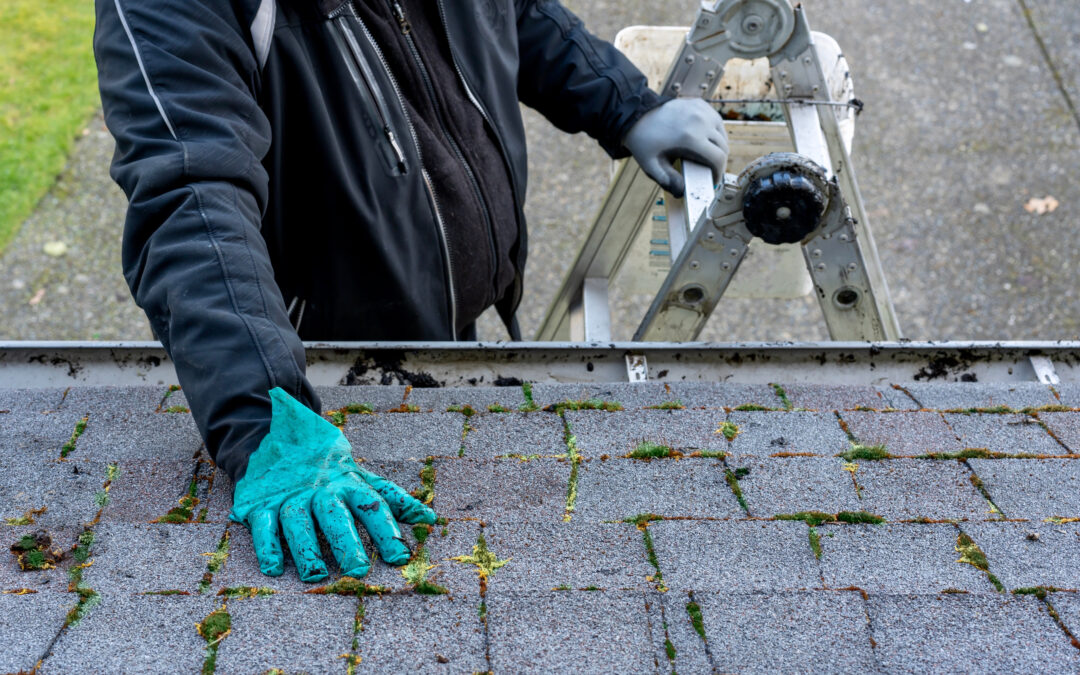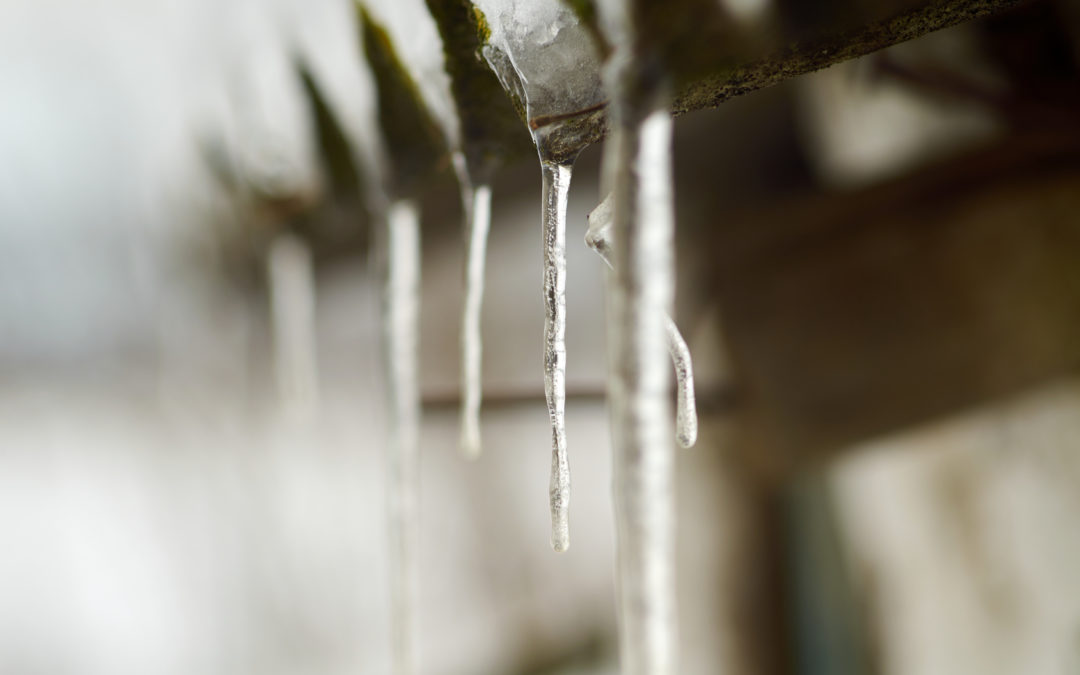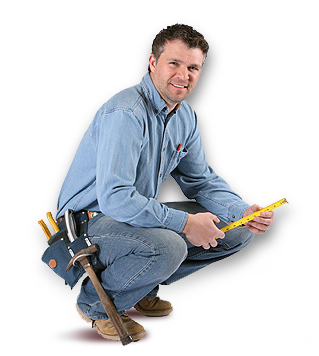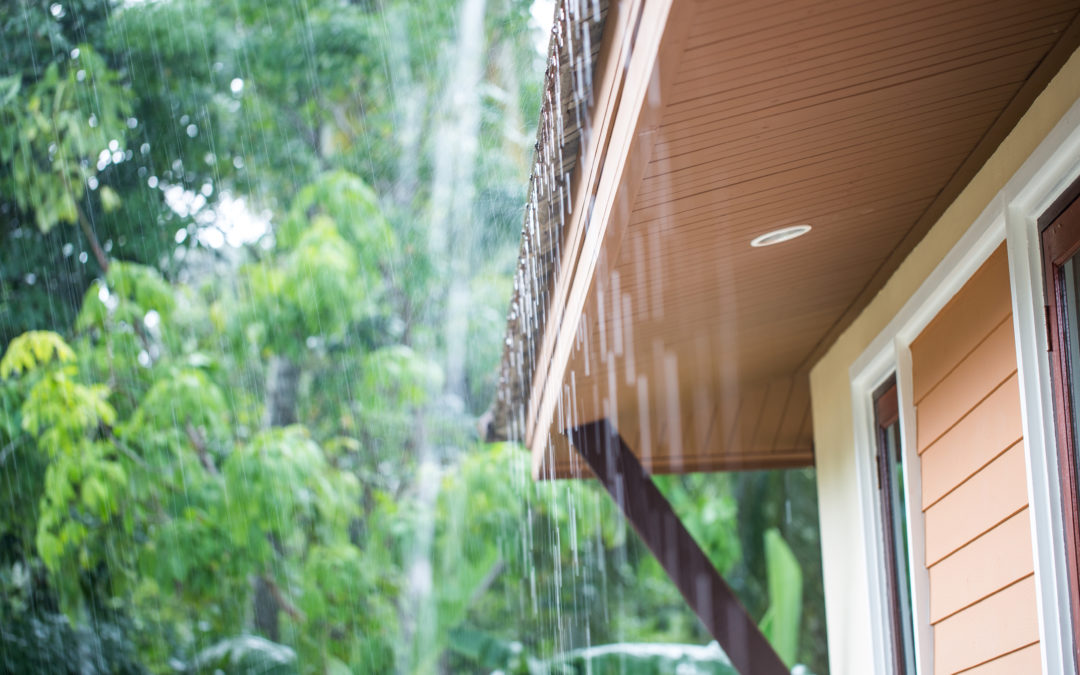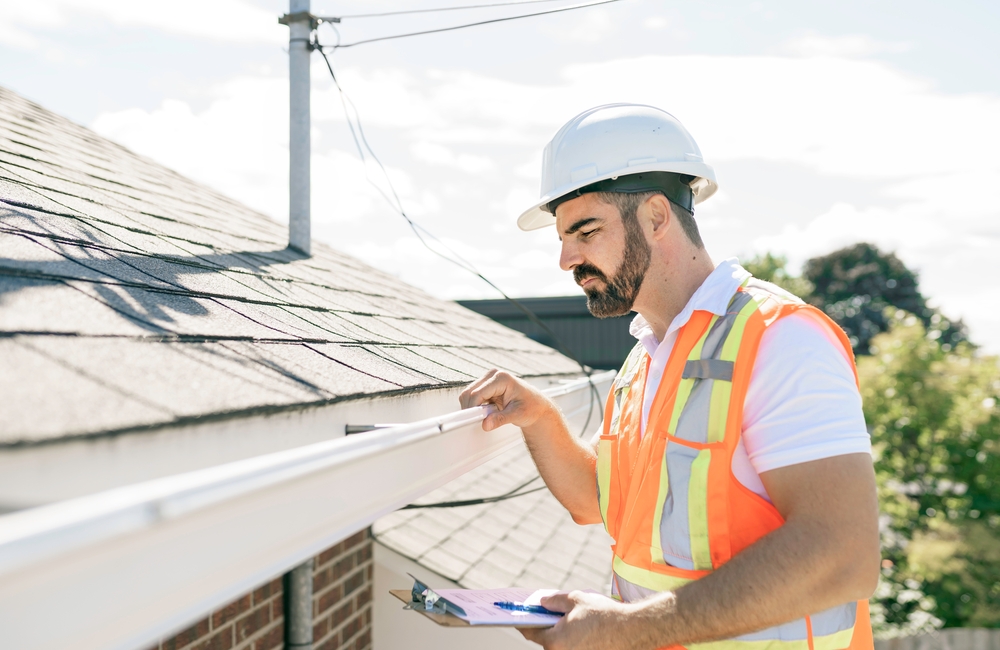
The 7 Best Benefits of Annual Roof Inspection Services
An annual roof inspection is one of those things that always makes it onto the to-do list but doesn’t always actually happen.
But here’s the thing – your roof is one of the most important and vulnerable parts of your home. It’s what takes the brunt force of the worst weather and keeps your family safe and warm.
So, if you’ve heard about annual inspections but haven’t committed to calling anyone up yet, here are seven ways annual roof inspections will make your life much easier.
7 Reasons Why You Should Get Annual Roof Inspections
1. Hello, Clean Gutters
While gutter cleanings aren’t always part of a routine roof inspection, if you’re going to have your roofer come out, you might as well have them clean the gutters for you! It will hardly take any time for a professional, and the small amount you’ll pay is nothing compared to how much you’ll dread doing it yourself. Clean gutters mean a healthy house, and if you’re not the one who has to clean the gutters, life is good.
2. You Can Save Money in the Long Run
An annual roof inspection can save you thousands of dollars in the long run. By having a professional roofer up there checking for any problem areas, you can avoid costly, major repairs. The more often your roofer inspects your roof, the more likely they are to catch minor issues before they turn into big ones. A missing or curled shingle now is hardly a significant expense, but if left unfixed, you could be looking at repair costs in the thousands down the road.
3. Your Family Will Stay Healthy
A faulty or leaking roof can breed some bad, unhealthy problems – the worst is mold. Mold spores can get into your lungs and the lungs of your family members, visitors, and pets. An annual roof inspection will show if mold is forming and can help you get a handle on it before it spreads and becomes a health and air quality issue for your family.
4. Major Damage Can Be Prevented
One of the biggest problems associated with a faulty roof is water damage. Unfortunately, water damage can be very expensive to repair when not caught early enough. Without an annual roof inspection, you’re unlikely to notice water damage until it begins physically leaking through the roof.
This is bad because, at that point, the water damage will already be extensive within your attic and the subroofing that holds your shingles in place. That means significant repairs at a major cost to you, not to mention the erosion and damage that water can cause to the exterior of your home as well. Annual roof inspections can identify small leaks just as they form, which means you have the opportunity to fix them before they get worse.
5. The Roof’s Lifespan Increases
If you’ve read the above reasons to get an annual roof inspection, it will come as no surprise when we say that regular inspections can extend the life of your roofs. That’s because you’re nipping minor problems in the bud before they get larger and more costly to repair. The fewer large-scale repairs you have to do, the longer your roof will last. That’s some major savings, considering that re-roofing can cost anywhere from $10,000 to $50,000.
6. Insurance Claims Are Easier
Annual roof inspections also make filing claims with your insurance provider much easier. When you show that you’ve performed all necessary regular maintenance, and through no fault of your own, a tree fell through your roof, they’re more likely to give you the claim money you need to make repairs. Plus, all the reports from your roofer over the years will show them that you’ve worked to maintain your roof, which will help them determine what damages they should cover and which, if any, were pre-existing.
7. Peace of Mind
Finally, annual roof inspections can provide peace of mind. When you know that your roof is in good shape and you’ve done everything possible to preserve it, you can rest easy knowing your family is kept safe. That peace of mind alone can go a long way in making your daily life much easier.
Schedule Your Annual Inspection With Werner Roofing Today!
If you haven’t already scheduled regular roof inspections but would like to start, get in touch with Werner Roofing. A trusted, local West Michigan roofer, we’re here to help you ensure your home and roof are safe and sound for years to come. To schedule your annual inspection, call our office at 616-844-5382 or contact us online today!

